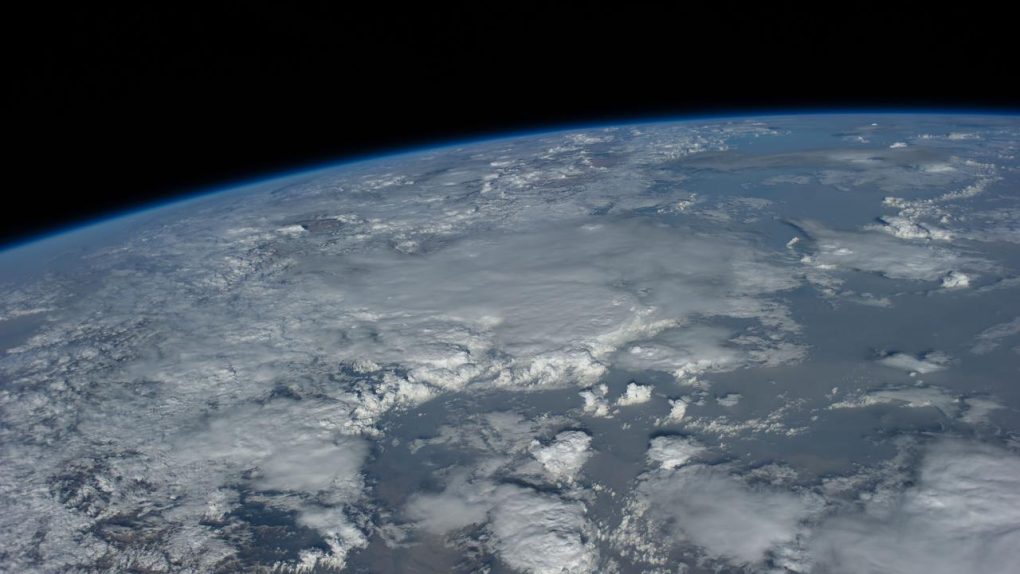- In late 2020 Earth got a new visitor in the form of what was originally thought to be a natural piece of space debris, such as a small asteroid.
- The object turned out to be a discarded rocket stage that was launched half a century ago and just happened to come back and get sucked up by Earth’s gravitational pull.
- Now, as it completes its final loop of our planet, the object will soon fling itself back out into space, and isn’t likely to visit our planet again.
You might have missed the news last year — you know, because of the global pandemic and whatnot — but a mysterious object was intercepted by Earth in November. When astronomers first saw it headed our way they thought it was a space rock of some sort, and while it wasn’t on a collision course with our planet, it was destined to orbit Earth for at least a little while.
As it turned out, the object wasn’t a space rock or comet, but a piece of manmade debris. The object, a rocket booster launched over half a century ago, was part of the Surveyor 2 mission to the Moon, and the debris has been hanging around our planet ever since. Now, with one more swoop around our world to complete, the “mini-Moon” will soon be headed back out into space, and it’s unlikely that we’ll come across it again.
As EarthSky reports, the rocket first completed a very close flyby of Earth before speeding away from our planet only to be drawn in once again. This latest loop will be its last, as its momentum will be enough to allow it to escape Earth’s gravity and embark on an adventure orbiting the Sun.
The concept of a “mini-Moon” isn’t exactly science fiction, and since we know about a lot of small rocky bodies hanging out in our neck of the woods, it seemed entirely possible that the object was indeed a space rock. If that had been the case, it would have been a true miniature (and temporary) moon, but the fact that it was just manmade junk means that it doesn’t qualify for such a label.
Astronomers first became suspicious that the object was manmade when they realized that its path around the Sun appeared to be very similar to Earth’s. It completed an orbit every 387 Earth days, which is virtually identical to our planet’s orbit, and its incredibly slow speed suggested it wasn’t an asteroid. Now that we know what it actually is, all of those clues make a lot more sense.
Soon, however, it will be gone. The object is likely to pass by Earth one last time at the beginning of February and then leave us for good. Now everyone wave goodbye.








